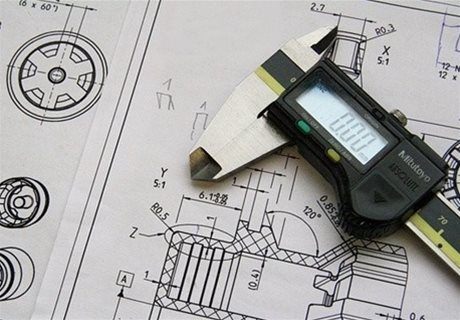
In this blog, one of our mechanical engineers discusses how CAD packages have changed engineering drawing. He talks about the importance of drawings and how modern-day CAD packages could further improve the design process.
Is engineering drawing dead?
I’ve been using various CAD packages over the last 25+ years of my engineering career, from starting out using an old version of AutoCAD 10 with the puck and tablet, through various iterations of AutoCAD, before moving into the now with the all-singing, all-dancing parametric CAD packages. Over the years there has been a quantum jump in what you are able to do with these CAD packages (animations, structural analysis, CFD, parametric modelling to list just a few), but one area that seems to have been left behind is the ability of the designer to produce a top notch 2D engineering drawing.
What is a drawing?
There are a number of drawing types associated with the mechanical design process. The two main types are assembly drawings, and detail drawings.
An assembly drawing shows, in quite some detail, how the various components fit together. It should include the overall dimensions of the assembly, any setting dimension once built, a parts list, and corresponding identification balloons.
An engineering, or detail drawing, is used to clearly and accurately convey all of the geometric features of a component, so that the manufacturer or engineer can produce it. Things such as the required material, surface finish, and any secondary process requirements such as heat treatments and coatings would be specified on here.
Why do I need a drawing?
‘Why do I need a drawing?’ is a commonly asked question in this day and age. Yes, you can send a model file directly to the manufacturer who can load it into their CNC machine and accurately manufacture the required part. But how do you specify surface finish, and any secondary finishing processes such as anodizing?...